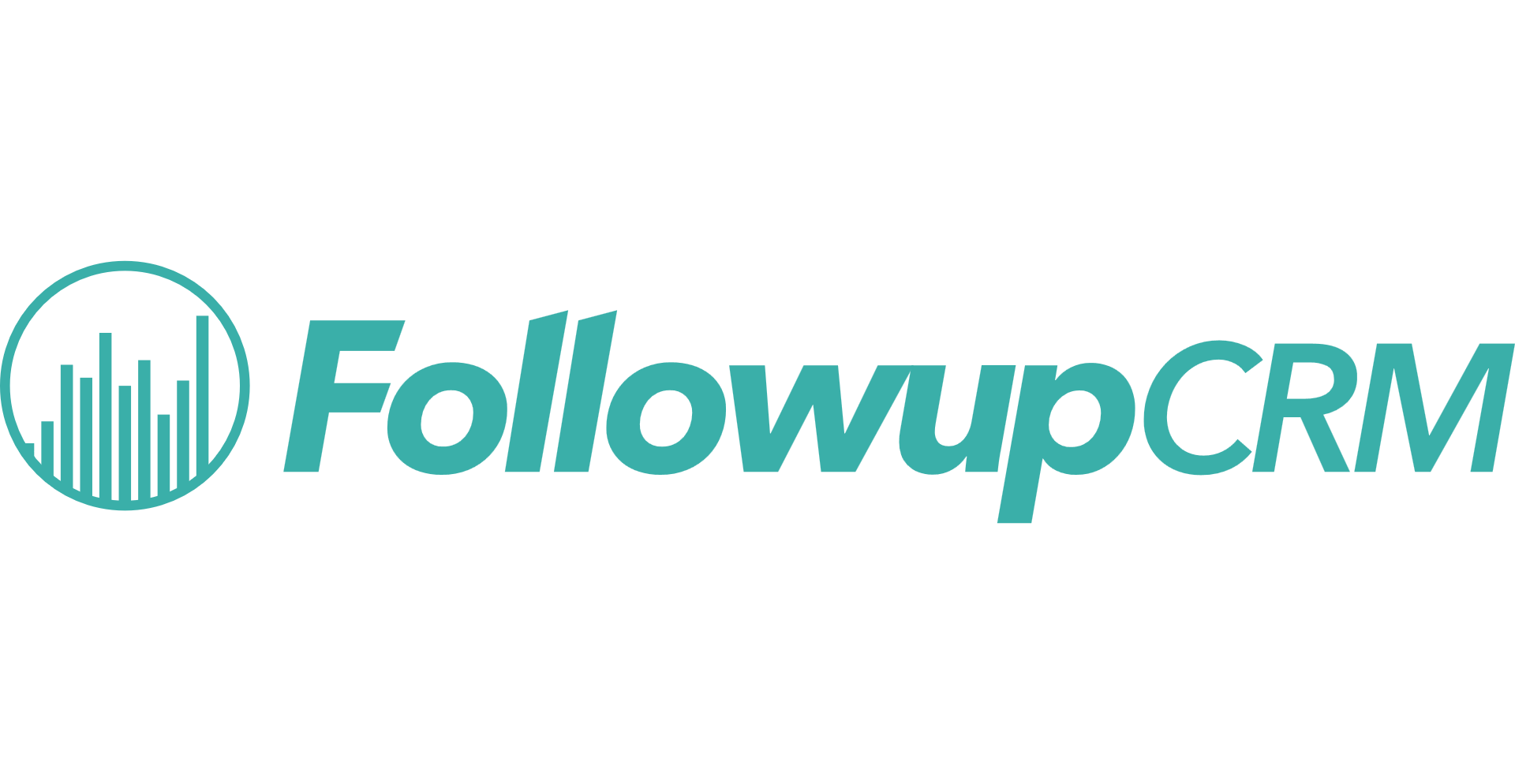Core Platform Differences
Salesforce, founded in 1999, has grown into the world's leading CRM platform, offering specialized solutions for construction and real estate among many other industries. The platform emphasizes customer relationship management, sales tracking, and marketing automation, making it particularly valuable for construction companies focused on business development and client relationships.
Procore, established in 2002, takes a more focused approach by concentrating solely on construction industry needs. Since going public in 2021, it has become the go-to platform for construction project management, emphasizing field operations and project execution rather than sales and marketing.
Essential Features and Capabilities
Salesforce has evolved into a comprehensive platform that transforms how construction companies manage their customer relationships and sales processes. The platform combines advanced automation with detailed tracking capabilities to streamline business operations:
- Customer relationship tracking
- Lead and opportunity management
- Marketing automation tools
- Analytics and reporting
- Partner relationship management
- Contract lifecycle management
Procore delivers specialized construction management features that address the complex demands of modern construction projects. The platform integrates critical project management components into a unified system:
- Project management tools
- Quality and safety protocols
- Field productivity tracking
- Design coordination
- Bidding management
- Financial controls
User Experience and Interface Design
Salesforce presents a highly customizable interface that can be tailored to specific needs, though this flexibility comes with increased complexity. Users often require substantial training to navigate the system effectively, particularly when utilizing advanced features or customizations.
Procore offers a more streamlined experience with its construction-focused interface. The platform's intuitive design caters specifically to construction professionals, making it easier for field teams to adopt and use effectively. The mobile application provides comprehensive access to project data, including offline functionality for job sites with limited connectivity.
Integration and System Compatibility
Construction companies can integrate Salesforce and Procore through three primary methods:
- Pre-configured integration tools available through the Salesforce AppExchange provide a straightforward solution for organizations with standard implementations
- Middleware platforms like Mulesoft or Dell Boomi can be utilized by development teams for custom integration needs
- Professional consultation and implementation services offer comprehensive integration solutions for complex organizational requirements
Many construction businesses choose to implement both platforms simultaneously, using Salesforce for client relationships and sales processes while leveraging Procore for project execution and management.
Analytics and Reporting Capabilities
Salesforce delivers comprehensive analytics through its Einstein Analytics platform, providing deep insights into sales performance and customer behavior patterns. The platform offers customizable dashboards and AI-powered predictions that help construction companies make data-driven decisions about their business development efforts.
Procore focuses its reporting capabilities on construction-specific metrics, offering detailed insights into project performance, budget tracking, and field productivity. While these reports may not match Salesforce's broader business intelligence capabilities, they provide precisely the information construction managers need for effective project oversight.
Customer Support and Training Resources
Both platforms recognize the importance of comprehensive support systems, but their approaches differ significantly. Salesforce provides tiered support options, ranging from basic online resources to premium 24/7 assistance. The quality and response time vary based on the chosen support plan.
Procore maintains a consistent support model with round-the-clock phone and email assistance available to all customers. Their support team's construction industry expertise often receives high praise from users, and they supplement direct support with extensive training resources and an active user community.
The choice between these platforms ultimately depends on specific business requirements and operational focus. Organizations prioritizing sales processes and customer relationships may find Salesforce more suitable, while those focusing on project execution and field operations might prefer Procore. Many successful construction companies implement both platforms to create a comprehensive digital ecosystem that addresses all aspects of their operations.
Cost Effectiveness and ROI Analysis
The pricing structures for these platforms differ significantly. Salesforce operates on a per-user monthly subscription model, with costs varying between $25 to $300 per user depending on feature requirements and support levels. Enterprise solutions often come with custom pricing packages tailored to specific organizational needs.
Procore takes a different approach by basing its pricing on annual construction volume rather than user count. This model often starts around $667 monthly for basic project management features. This pricing strategy can be more cost-effective for larger teams working on fewer projects, as it allows unlimited users within the specified construction volume.
Data Security and Compliance Standards
Both platforms maintain robust security measures to protect sensitive construction data. Salesforce implements multi-layered security protocols, including advanced encryption, multi-factor authentication, and regular security audits. Their platform complies with major international security standards and regulations.
Procore emphasizes construction-specific security needs, particularly for project documentation and financial data. The platform provides granular permission controls, allowing administrators to manage access levels for different team members and external collaborators. This becomes particularly valuable when managing multiple subcontractors and stakeholders on large construction projects.
Implementation and Training Process
The path to successful software implementation demands meticulous planning, clear communication, and dedicated resources. Both Salesforce and Procore require structured approaches to ensure smooth transitions and maximize user adoption across organizations. Key steps organizations typically follow include the following:
- Organizations must first conduct a thorough assessment of their current workflows and identify specific areas where the software will provide the most value.
- Teams need to allocate sufficient time for data migration, ensuring all historical information transfers correctly to the new system.
- Companies should develop a comprehensive training program that addresses different user roles and skill levels.
- Management teams must establish clear metrics to measure the success of the implementation and monitor user adoption rates.
- Regular evaluation periods help identify areas for optimization and additional training needs.
System Performance and Reliability
Salesforce maintains an impressive uptime record with its cloud infrastructure, ensuring consistent access to critical business data. The platform handles peak loads efficiently, even during high-volume periods of sales activity or end-of-quarter reporting.
Procore demonstrates strong performance in field conditions, with its mobile application functioning reliably even in areas with limited connectivity. The platform's offline capabilities ensure field teams can continue working without interruption, automatically syncing data when connectivity returns.
Maximizing Construction Software Investment
Successful implementation of either platform requires strategic planning and ongoing optimization. Organizations achieve the best results by aligning software capabilities with specific business objectives and maintaining clear communication channels between departments.
Regular system audits and user feedback sessions help identify opportunities for workflow improvements and additional automation. Companies that invest in continuous training and stay current with platform updates typically experience higher adoption rates and better overall results.
The most effective approach often involves creating a technology ecosystem where both platforms complement each other, leveraging Salesforce for client relationships and Procore for project execution. This combination provides construction companies with comprehensive digital capabilities that drive business growth and operational efficiency.
Sources: [1] https://www.itechcloudsolution.com/blogs/salesforce-for-construction/ [2] https://www.itransition.com/crm/salesforce/construction [3] https://smartbridge.com/salesforce/salesforce-for-construction/ [4] https://www.jibble.io/construction-software-reviews/procore [5] https://www.salesforce.com/engineering-construction-real-estate/construction-software/?bc=DB [6] https://www.techrepublic.com/article/procore-review/ [7] https://www.softwareadvice.com/construction/procore-profile/vs/salesforce/ [8] https://constructioncoverage.com/construction-project-management-software [9] https://www.softwareadvice.com/construction/procore-profile/reviews/ [10] https://www.procore.com/jobsite/understanding-procores-pricing-model







